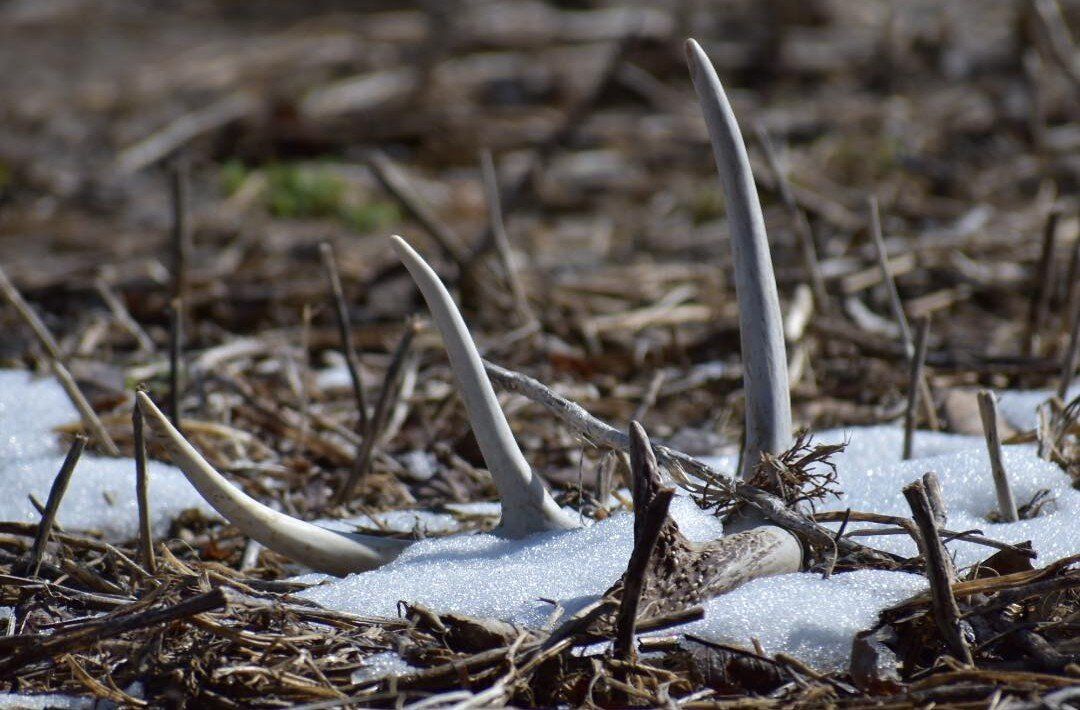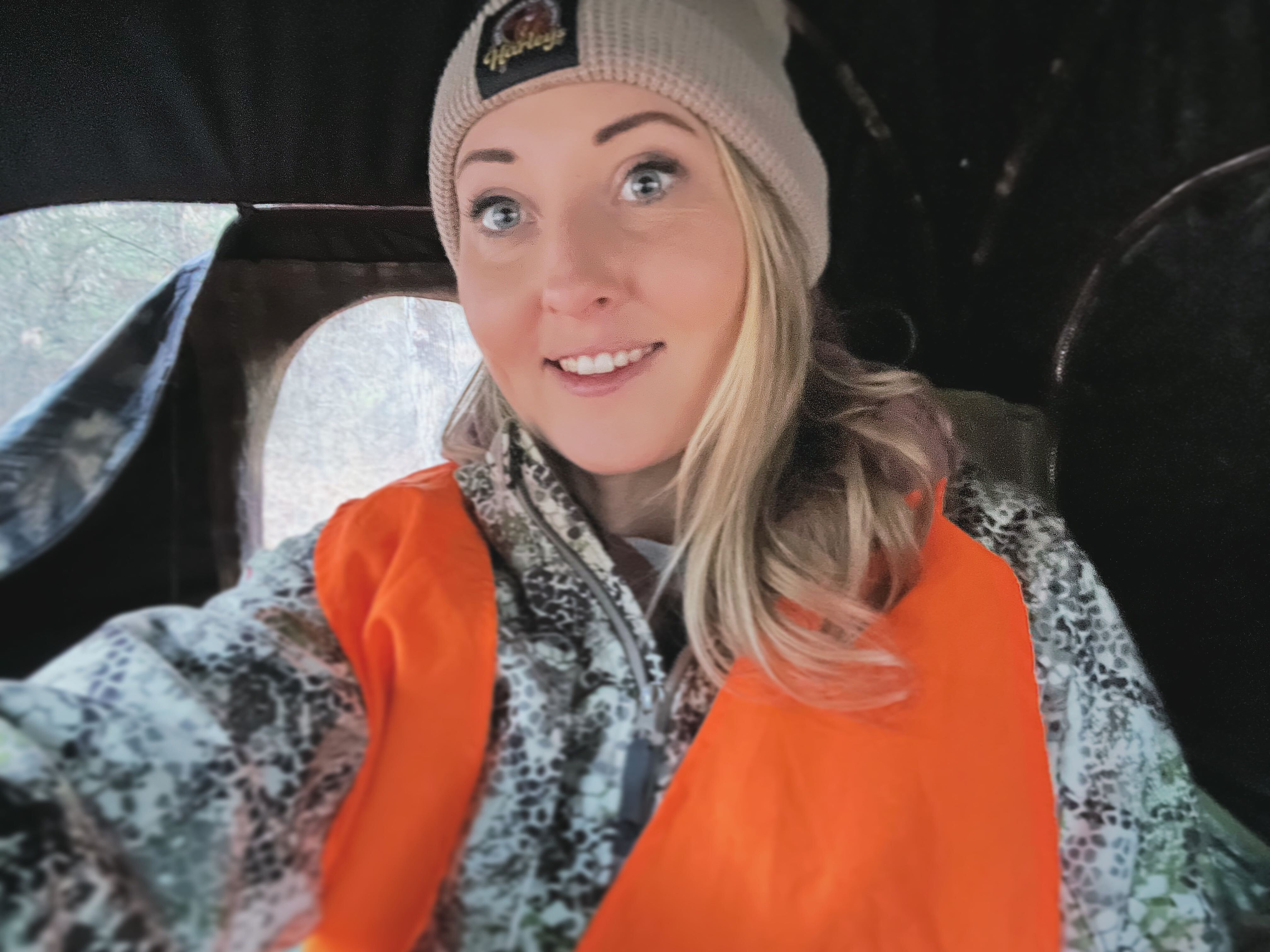Field Guide / Bear
How to Trick Trophy Bucks Using Scents, Calls, and Decoys
Every hunter knows that bagging trophy bucks is a mixture of skill and luck. You must have the shooting skill to put the big boy down. However, the skill in trickery and deceit plays a significant role in getting a nice buck in range.
Previous in Bear
More Content Like This
Shed Hunting 101: How (and Why) to Find Sheds
The early spring pastime of choice for hunters across the country, shed hunting gives thousands of whitetail hunters a new excuse to get outdoors. For many, exercising and experiencing the whitetail woods in the spring opens new insights into the whi...Read More
Read MoreWhy and How to Scout for Deer Hunting Land Year-Round
If it's between seasons (or the season just ended), we can't help but start thinking and dreaming about the next whitetail season. Maybe this season was your best one yet, or perhaps you didn't fill a tag. Either way, next year is just around the cor...Read More
Read More7 Wild Game Appetizers
It’s December, which means Christmas and New Years are just around the corner. Many of us have holiday get-togethers that require us to bring a dish to pass. If you were lucky this hunting season, your freezer is full of wonderful wild game. Read More
Read More Bear
BearShed Hunting 101: How (and Why) to Find Sheds
The early spring pastime of choice for hunters across the country, shed hunting gives thousands of whitetail hunters a new excuse to get outdoors. For many, exercising and experiencing the whitetail woods in the spring opens new insights into the whi...Read More
Read More Bear
BearWhy and How to Scout for Deer Hunting Land Year-Round
If it's between seasons (or the season just ended), we can't help but start thinking and dreaming about the next whitetail season. Maybe this season was your best one yet, or perhaps you didn't fill a tag. Either way, next year is just around the cor...Read More
Read More Bear
Bear7 Wild Game Appetizers
It’s December, which means Christmas and New Years are just around the corner. Many of us have holiday get-togethers that require us to bring a dish to pass. If you were lucky this hunting season, your freezer is full of wonderful wild game. Read More
Read More
1 of 3




